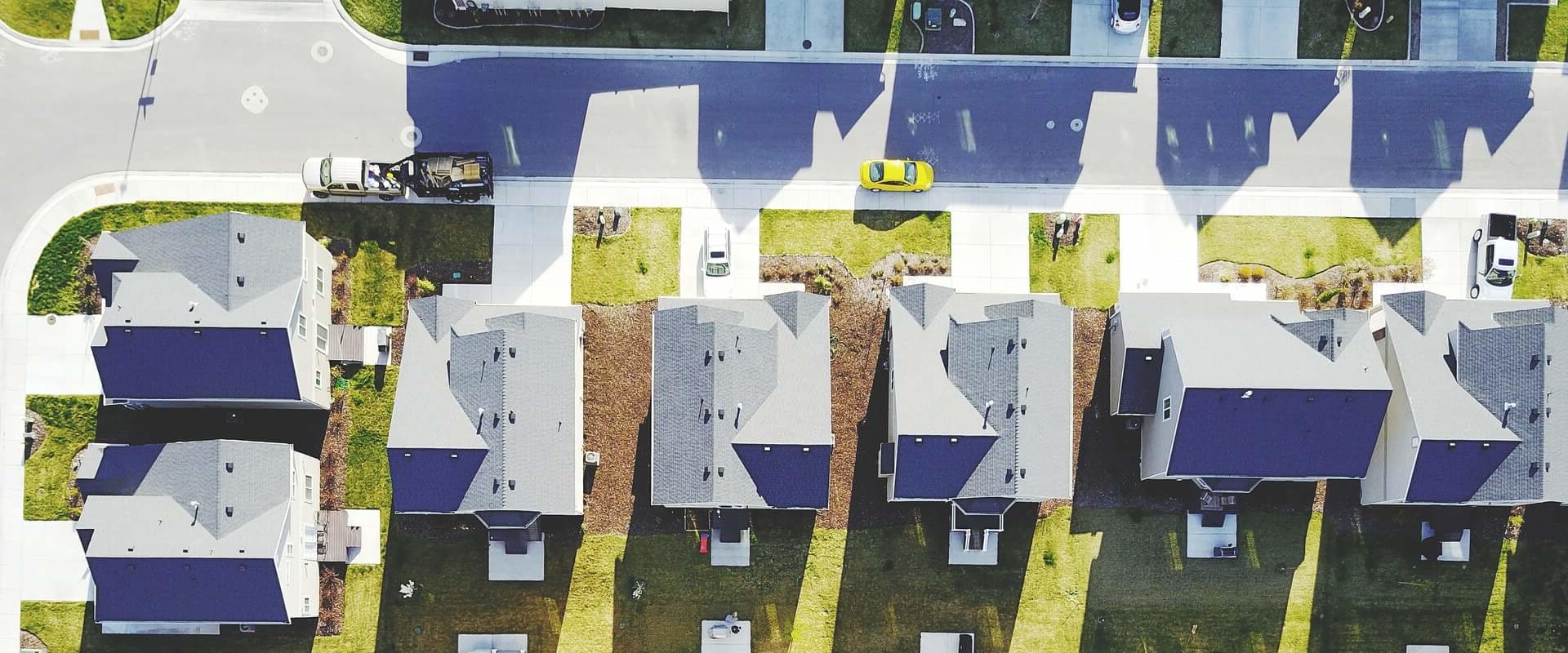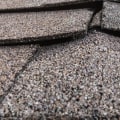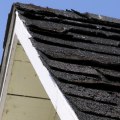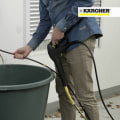With the priority your home insurer places on your roof, your risk level will increase over time. If your roof is too old in the eyes of your insurer, you could see that your homeowners insurance policy is not renewed or even canceled. Your roof is your home's main protection against hail, wind, fire and other hazards, so insurance companies consider the age, condition, material, and shape of your roof when determining your insurance coverage and costs. In general, your homeowners insurance may cost less if you have a newer roof made of more durable materials, such as metal or slate.
You can select the material and shape of your roof during the quoting process, making it easy to see how your roof type affects your insurance price. Some ceilings may not be eligible for a policy based on age and material. If you qualify, then you can buy a policy. Once you have a policy, the insurance company will inspect the property to make sure that the age and condition of the roof actually qualifies. Composed of tiles or slats, wooden ceilings are not fire resistant.
Some insurance companies don't cover a wooden roof or may require you to apply a fireproof protector to get coverage. Usually, the newer the roof, the better the homeowners insurance rate. An older roof may have unforeseen problems, such as water damage, which can lead to deterioration and increase the need for replacement. If your roof is 20 years old or older, some insurance companies will require an inspection before offering coverage. Other insurers may only cover the actual cash value of your oldest roof, which means you'll have to pay the rest of the costs.
And some may flatly refuse to write a policy for a house with a roof that is more than 20 years old. A hipped roof usually costs less to insure due to its high wind resistance. All four sides of a hipped roof slope sideways, the front and back of a home, reducing the chance of damage during strong winds and storms. A flat roof is a roof that is completely or nearly level and may be more susceptible to water and weather damage. The condition of your roof affects the value of your home, so maintenance is imperative, especially as your roof ages. We offer insurance over the phone, online and through independent agents.
Prices vary depending on how you shop. Insurers offer several types of discounts for roof upgrades. One is a discount on impact-resistant roofs for roofs that protect against lightning and hail. Another is a discount for roof age, which applies to houses with newer roofs. A damaged 10-year old roof is likely to be covered for a complete replacement.
A roof that is 20 years or older can only result in an insurer reimbursing you what an old roof is worth at the time of damage, after decades of wear and tear.
Total roof replacement
could save you hundreds of thousands of dollars in your homeowners insurance premiums each year. Some insurers refuse to renew existing homeowners insurance policies on homes with roofs older than 20, unless they pass a professional roof inspection. If your policy is for RCV (Replacement Cost Value), your insurance company will pay the value of the replacement cost of your roof at the time of a covered loss. I can assure you that your insurance company has detailed data on how long roofs are expected to last, the most common causes of roofing claims, and what types of roofs are most resistant to damage. At the back of the house there is a glazed terrace with a flat roof with a laminated asphalt roof (modified bitumen).As a result, some insurance companies have begun offering to cover ceilings at the real cash value (ACV) rather than the replacement cost value (RCV).If the insurer sends you a notice to replace your roof, it's because the age of your roof is now an important factor in getting insurance coverage. There are several factors that influence homeowners insurance rates, and you may find that investing in a new roof or committing to serious repairs can help significantly reduce how much money you pay for homeowners coverage. If your roof is very old (for example, more than 20 years old), you may not receive any reimbursement or the insurance company may only pay what it considers the roof to be worth after all these years of wear and tear. Insurance companies required homeowners to replace their roofs before renewing their homeowner's insurance policies. This means they do not pay to completely replace roofs but only reimburse what an old one is worth after 20 years of life. Shady companies that counterfeit (or even create) roof damage have caused an increase in claims that many insurers can't keep up with.



